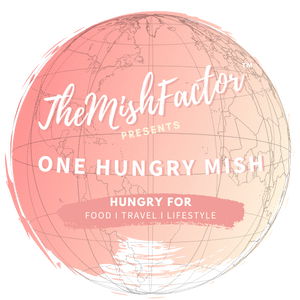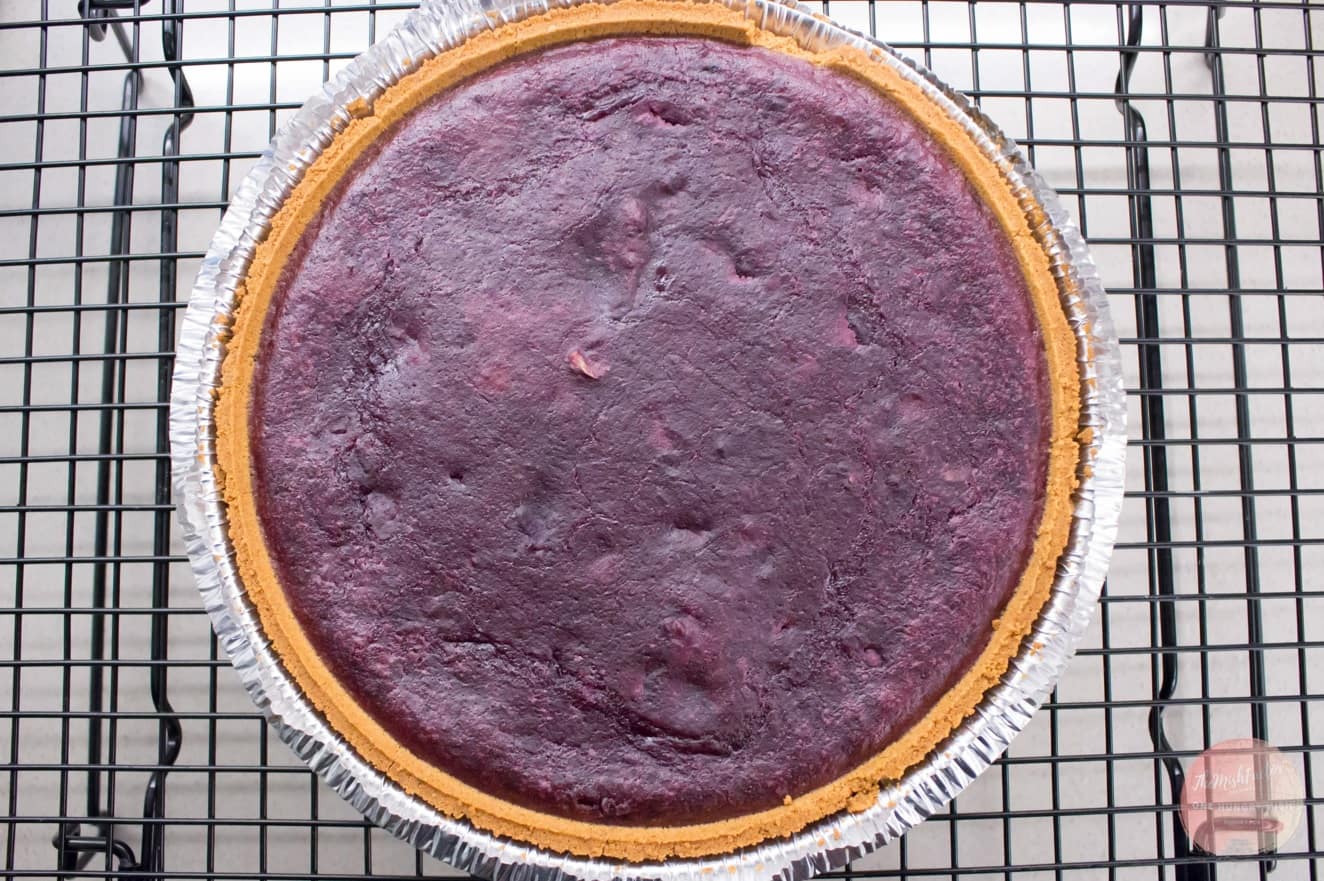The inspiration to sub sweet potato pie/casserole for ube pie this Thanksgiving sent me on a spiral. But the best of sorts. Anyone who grew up with the kultura, or maybe even Southeast Asian leaning sweets, will have fond associations with the trendy natural tuber.
What is ube?
Ube is an internationally beloved Filpino purple yam. Yes, I said purple yam. Not to be confused with taro, a purple potato. Anyone feeling flashbacks to the United States “sweet potato” versus African “yam” conversation? Good. It’s the Southeast Asian versus East Asian equivalent.
Regardless of the nuances of yam life, ube is a treat within Filipino snacks and desserts. This tuber goes back to potentially even pre-colonial Philippines–the earliest ube literature was documented around the time of Spanish colonial days (I suspect it pre-dates this time period). Given it’s simplicity–boil it, bake it, peel it, mash it and then it’s ready to be used as a paste with optional sugar/coconut milk–it was an accessible treat (ube halaya anyone?). And wow did the Philippines make it work.

In the Philippines, ube is the equivalent of vanilla in flavor commonality and permeation in desserts. Ube ice cream, ube cakes, ube baked goods (from masaladas to roll cakes), and is a key component in halo-halo–who needs a yellow cake base when you could have a naturally bright purple one instead?
Ube’s Nostalgic Effect
My memories of ube go back to the early years as a toddler, when my mom and I visited our family in the Philippines. Amid flashes of mango, pandesal, and taho peddlers, the naturally bright purple dessert pops into mind with ease. And while waxing poetic really isn’t my consistent jam–I think there are exceptions to be made with childhood nostalgia of times long passed. (No seriously, I’m currently reading another ingredient history book, and while I stan Mark Kurlansky’s works ’til the day I die…I have found I do not hold such fandom over other author’s.)
While this pie was the catalyst to this journey, ube cheesecakes, ube fresh out of the oven (as a simple but delightful snack), and even a persistent request to make ube pandesal with my mother during Christmastime keeps fueling the love. So with piles of frozen puree bait my pinoy sweet tooth, I can at least convert my ube pie recipe into a written form that is easier to follow than the video below.
As I have been too lazy to make a pie crust from scratch, especially a gluten-free and vegan version (I love the versatility of ube-coconut desserts and making them accessible to folks), this is a food-science break down on what I would do.

Shortcrust Inspired Vegan for 9-10″ pie:
3:2:1 flour : fat : water + a pinch of salt
Example
-120 grams flour (gluten free)
-80 grams coconut oil (chilled and broken into small chunks if solidified)
-40 grams ice water water
-pinch of salt
-8 grams (1 tbsp) of tapioca starch⁺
- Sift flour, rub (if working by hand)/mix (if working with mixer) flour until mixture resembles pea/lentil sized crumbs.
- Add in water and salt. If working by hand go quickly! There’s a saying that cold hands are bakers hands and that is because the warmth of a hand can melt, and therefore delaminate, the fat out of the pastry structure. I personally have warm hands…so this is a very real world struggle. If working with a mixer, have no fear, one can easily integrate flour and fat.
- Add the water/salt while the mixer is running, if by hand just add after pea/lentil sized crumbs are achieved in step 2.
- Once combined, press pastry into a disc shape, cover, and chill for at least 30 minutes or until ready to use (roll out to final form and blind/pre-bake crust).
⁺Since this is gluten free, adding in tapioca starch would act as a stabilizer (1/5 of the water weight). For gluten free options, sift into flour at the very beginning. I will update as soon as I can try this out myself since theory is one thing…reality when executing is another.
Ube Pie Recipe
Ingredients
- 1lb Ube Yam
(frozen and thawed or fresh) - 8oz or 200 mL Coconut Milk*
- 1 cup Sugar (brown or white)**
- 1-2 Tbsp Rice flour, optional***
- 10″ Pie crust****
Steps
- If using fresh ube yam, poke with fork, cover with foil, and bake at 450°F or 230°C for 40 minutes. Peel once cooled and mash to desired consistency.
- Mix ube, coconut milk, and sugar together, ideally reaching a thick batter. If runny, add rice flour. Pour mixture into pie crust.
- Preheat oven to 350°F or 177°C. Bake for 60-70 minutes or until fork/knife/utensil runs clear.
- Let cool and enjoy.
*Personally used light coconut milk to impart flavor without overwhelming it, I have tried with full fat since time of video and can verify it can overwhelm the ube flavor
**Personally used light brown sugar as it adds another layer of flavor without being too much
***Acts as a natural binding and stabilizing agent if mixture appears runny, thick batter (almost clumpy) is ideal for texture
****Can use smaller pie crust, would recommend smaller “mini pies” too to offset excess, bakes in 30 minutes at same temperature
Stay Hungry
XOXO
Mish ❤
Looking for other Filipino Eats?
- Bibingka (Sweet Rice Cake–Gluten Free!)
- Sinigang (Savory + Sour Tamarind Soup)
- Chicken Adobo (Savory Marinated Chicken)


December 21, 2021 at 6:54 pmLooks like an easy and tasty recipe. Thank you for sharing!